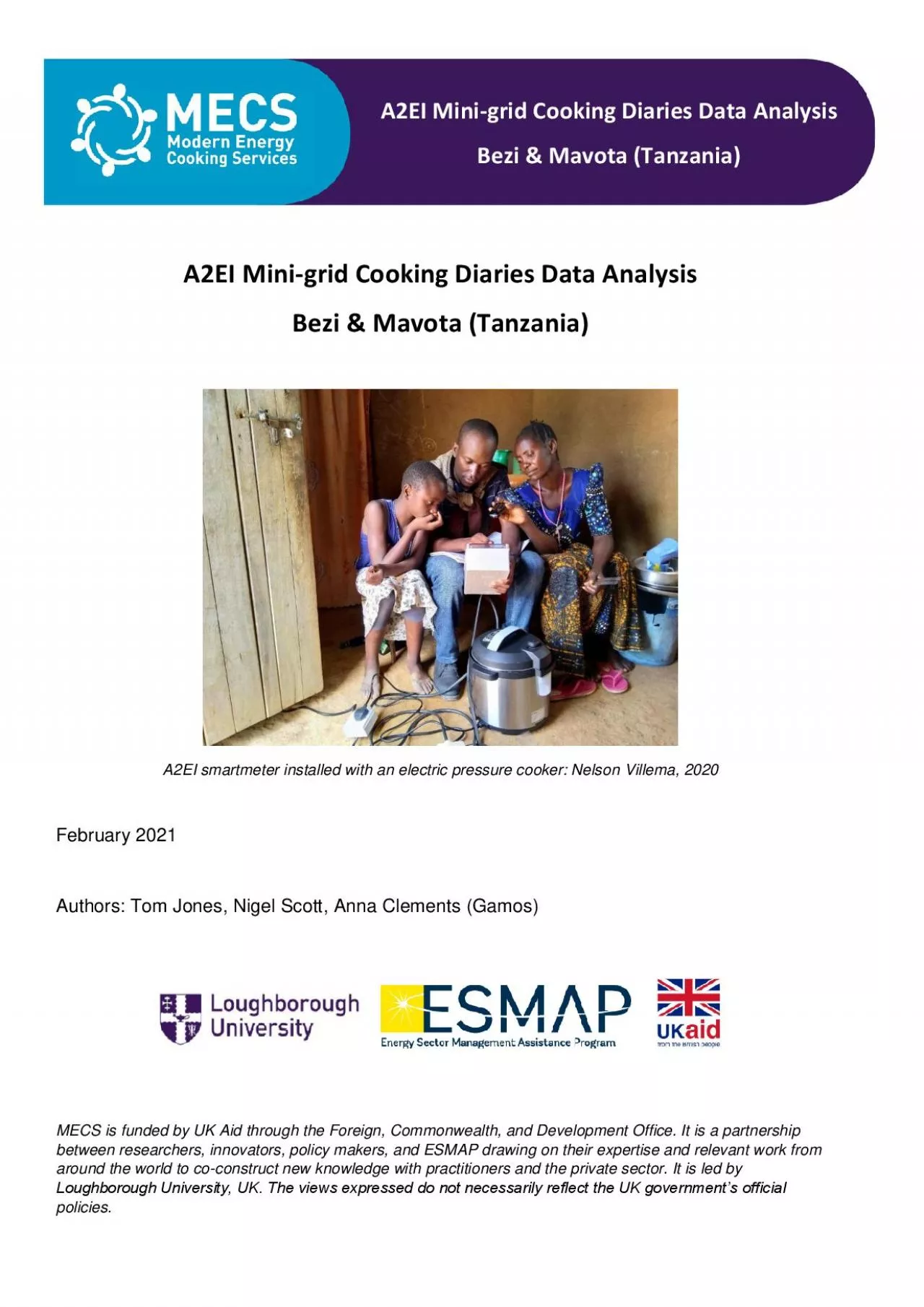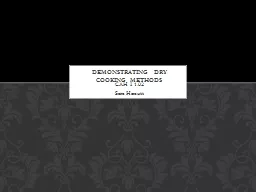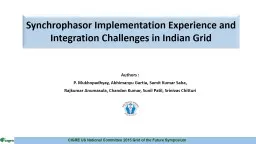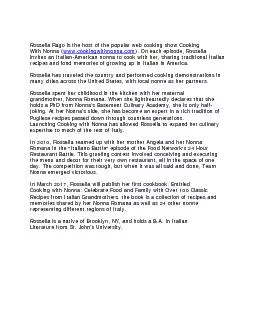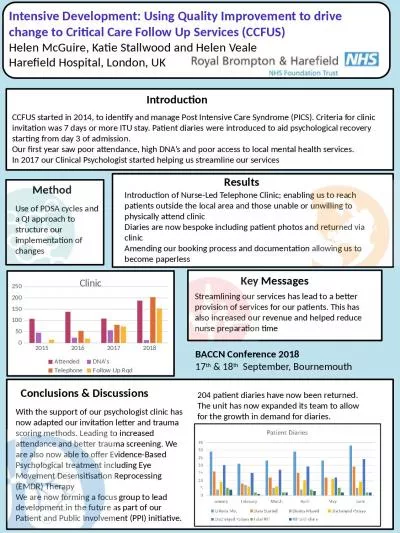PDF-grid Cooking Diaries Data
Author : melody | Published Date : 2021-07-03
A2EI Mini Analysis Bezi Mavota Tanzania A2EI Mini grid Cooking Diaries Data Analysis Bezi Mavota Tanzania A2EI smartmeter installed with an electric pressure
Presentation Embed Code
Download Presentation
Download Presentation The PPT/PDF document "grid Cooking Diaries Data" is the property of its rightful owner. Permission is granted to download and print the materials on this website for personal, non-commercial use only, and to display it on your personal computer provided you do not modify the materials and that you retain all copyright notices contained in the materials. By downloading content from our website, you accept the terms of this agreement.
grid Cooking Diaries Data: Transcript
Download Rules Of Document
"grid Cooking Diaries Data"The content belongs to its owner. You may download and print it for personal use, without modification, and keep all copyright notices. By downloading, you agree to these terms.
Related Documents

